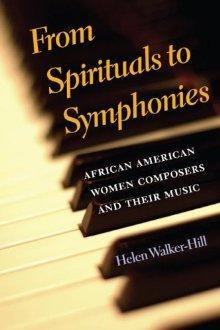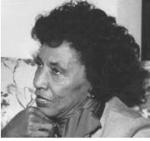
Celia Cruz’s diverse musical repertoire served as a performative locus for the negotiations of both her Cubanness and her broader Latin American identity.
Likewise, her construction of blackness as an Afro-Cuban woman transformed and was transformed by her collaborations with African American musicians and singers, in styles ranging from jazz to hip hop.
Cruz also crossed racial and cultural boundaries by collaborating with Anglo musicians and by tropicalizing rock music. Her staged persona and her body aesthetics also reveal the fluidity with which she assumed diverse racial, national, and historical identities while simultaneously asserting her Cubanness through the use of Spanish onstage.
This according to “The blackness of sugar: Celia Cruz and the performance of (trans)nationalism” by Frances Aparicio (Cultural studies XIII/2 [April 1999] pp. 223–236; RILM Abstracts of Music Literature 1999-20658).
Today is Celia Cruz’s 90th birthday! Below, Cruz performs with the Fania All-Stars in Zaire, 1974.











